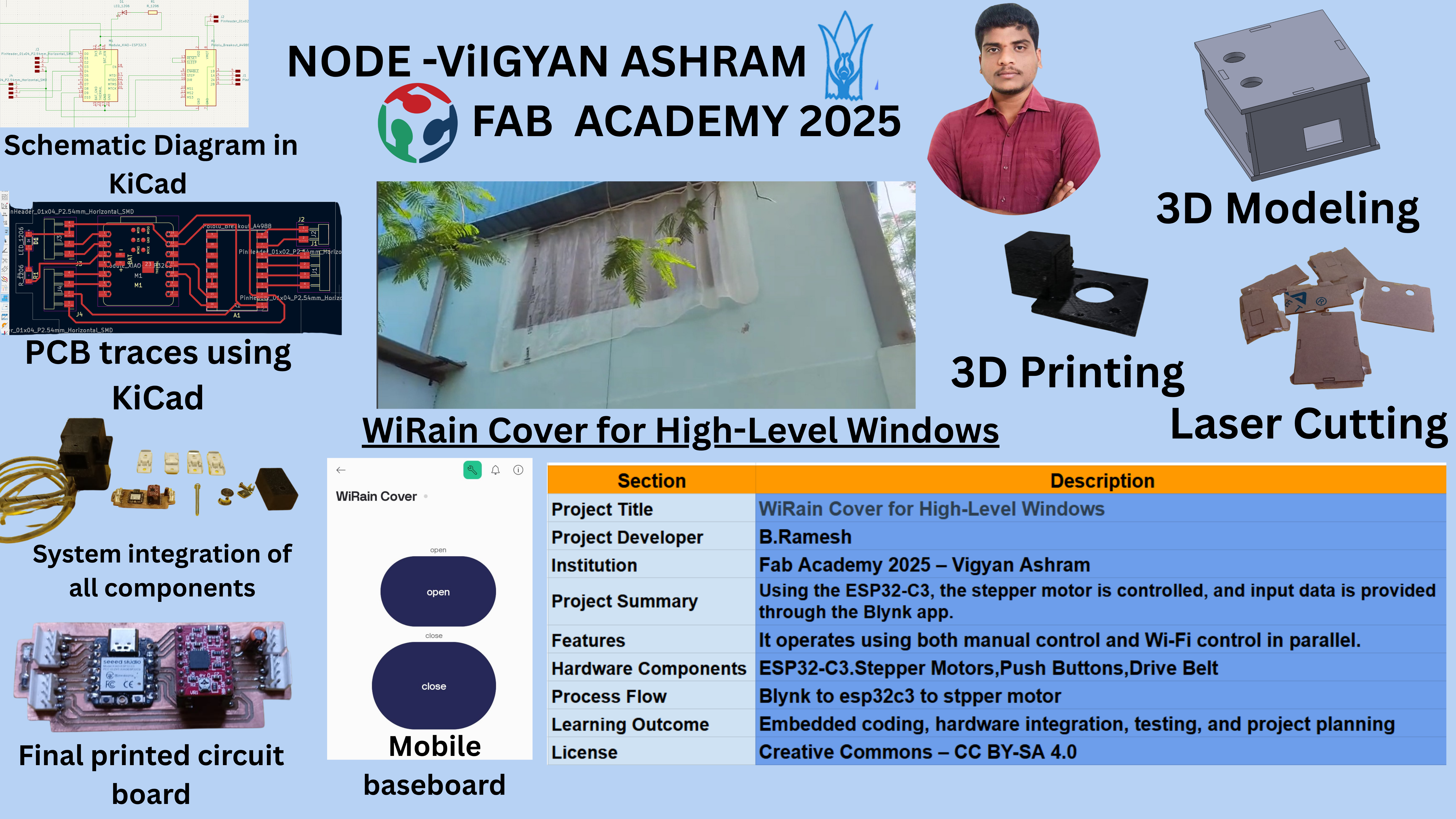Assignment 18: Invention, Intellectual Property and Income
This week’s assignment focused on understanding Invention, Intellectual Property, and Income. I believe that an invention truly matters only when it grows to a stage where it benefits society. As I near the completion of my final project, I’ve started exploring how I can turn it into a practical product—especially one that could be useful in large apartments or buildings where access is difficult for some people.
This week helped me understand the true meaning of invention and introduced me to different types of intellectual property. It gave me valuable insights into how ideas can be protected and eventually transformed into real-world solutions that serve people.I have also documented the understanding gained during this Assignment
Highlight Moments of the Week
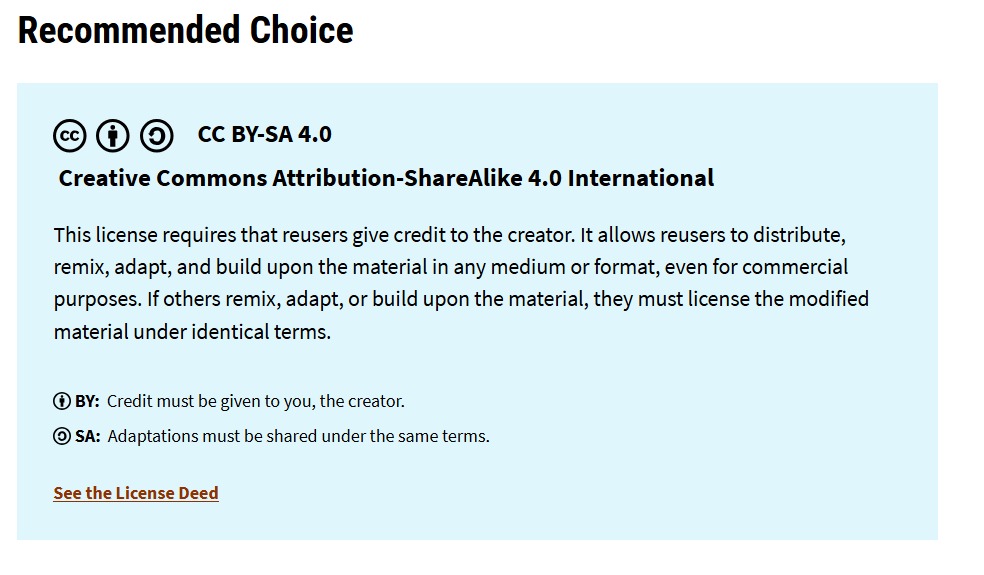

Individual Assignment
Objectives of Individual Assignment:
- Develop a plan for dissemination of your final project
- Complete your final project, tracking your progress
Basics of Invention and Intellectual Property
What is invention?
An invention is a unique or novel device, method, composition, idea or process. An invention may be an improvement upon a machine, product, or process for increasing efficiency or lowering cost. It may also be an entirely new concept. If an idea is unique enough either as a stand-alone invention or as a significant improvement over the work of others, it can be patented. A patent, if granted, gives the inventor a proprietary interest in the patent over a specific period of time, which can be licensed for financial gain. Click here to read more.
Types of Inventions :
Inventions are of three kinds: scientific-technological (including medicine), sociopolitical (including economics and law), and humanistic, or cultural.
Scientific-technological inventions include railroads, aviation, vaccination, hybridization, antibiotics, astronautics, holography, the atomic bomb, computing, the Internet, and the smartphone.
Sociopolitical inventions comprise new laws, institutions, and procedures that change modes of social behavior and establish new forms of human interaction and organization. Examples include the British Parliament, the US Constitution, the Manchester (UK) General Union of Trades, the Boy Scouts, the Red Cross, the Olympic Games, the United Nations, the European Union, and the Universal Declaration of Human Rights, as well as movements such as socialism, Zionism, suffragism, feminism, and animal-rights veganism.
Humanistic inventions encompass culture in its entirety and are as transformative and important as any in the sciences, although people tend to take them for granted. In the domain of linguistics, for example, Hunminjeongeum[7] or many alphabets have been inventions, as are all neologisms (Shakespeare invented about 1,700 words).
What is Intellectual Property (IP)?
Intellectual property (IP) is a category of property that includes intangible creations of the human intellect.[1][2] There are many types of intellectual property, and some countries recognize more than others.[3][4][5] The best-known types are patents, copyrights, trademarks, and trade secrets. The modern concept of intellectual property developed in England in the 17th and 18th centuries. The term "intellectual property" began to be used in the 19th century, though it was not until the late 20th century that intellectual property became commonplace in most of the world's Click here to read more.
Types of Intellectual Property Rights
Intellectual Property Rights protect creations of the mind, such as inventions, designs, and artistic works. They include patents for inventions, trademarks for brand identities, copyrights for creative works, and trade secrets for confidential business information. These rights help creators control and benefit from their innovations and creations.
Patents :
Protect inventions and new technological solutions. They give the inventor exclusive rights to make, use, or sell the invention for a certain period (usually 20 years).
Trademarks :
Protect symbols, names, logos, or slogans used to identify goods or services and distinguish them from others in the market.
Copyrights
Protect original works of authorship like books, music, art, software, films, and other creative works, giving the creator exclusive rights to reproduce, distribute, and display the work.
Trade Secrets
Protect confidential business information or formulas that give a company a competitive advantage, such as recipes or manufacturing processes.
Industrial Designs
Protect the visual design or aesthetics of a product, such as the shape, pattern, or color, which makes the product unique and appealing.
Geographical Indications
Protect names or signs used on products that have a specific geographical origin and possess qualities or reputation due to that origin (e.g., Champagne, Darjeeling tea).
References: Reference
Different Copyright Licenses :
Creative Commons (CC) Licenses :

A Creative Commons (CC) license is one of several public copyright licenses that enable the free distribution of an otherwise copyrighted "work".[a] A CC license is used when an author wants to give other people the right to share, use, and build upon a work that the author has created. CC provides an author flexibility (for example, they might choose to allow only non-commercial uses of a given work) and protects the people who use or redistribute an author's work from concerns of copyright infringement as long as they abide by the conditions that are specified in the license by which the author distributes the work. Click here to read more.
GNU General Public License (GPL) :
The GNU General Public Licenses (GNU GPL, or simply GPL) are a series of widely used free software licenses, or copyleft licenses, that guarantee end users the freedoms to run, study, share, or modify the software.[7] The GPL was the first copyleft license available for general use. It was originally written by Richard Stallman, the founder of the Free Software Foundation (FSF), for the GNU Project. The license grants the recipients of a computer program the rights of the Free Software Definition.[8] The licenses in the GPL series are all copyleft licenses, which means that any derivative work must be distributed under the same or equivalent license terms. It is more restrictive than the Lesser General Public License, and even further distinct from the more widely used permissive software licenses such as BSD, MIT, and Apache. Click here to read more.

MIT License :

The MIT License is a permissive software license originating at the Massachusetts Institute of Technology (MIT)[6] in the late 1980s.[7] As a permissive license, it puts very few restrictions on reuse and therefore has high license compatibility.
Unlike copyleft software licenses, the MIT License also permits reuse within proprietary software, provided that all copies of the software or its substantial portions include a copy of the terms of the MIT License and also a copyright notice.[9][10] In 2015, the MIT License was the most popular software license on GitHub,[11] and was still the most popular in 2025.
Click here to read more.
Apache License :
The Apache License is a permissive free software license written by the Apache Software Foundation (ASF).[4] It allows users to use the software for any purpose, to distribute it, to modify it, and to distribute modified versions of the software under the terms of the license, without concern for royalties. The ASF and its projects release their software products under the Apache License. The license is also used by many non-ASF projects. Click here to read more.
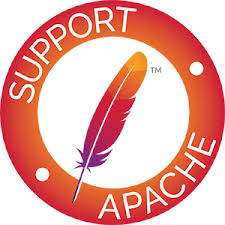
BSD licenses :
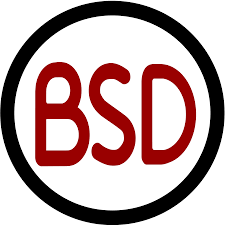
BSD licenses are a family of permissive free software licenses, imposing minimal restrictions on the use and distribution of covered software. This is in contrast to copyleft licenses, which have share-alike requirements. The original BSD license was used for its namesake, the Berkeley Software Distribution (BSD), a Unix-like operating system. The original version has since been revised, and its descendants are referred to as modified BSD licenses. Click here to read more.
Dissemination plan for my Final project:
Who is the target audience of my project :
My Final Project: WiRain Cover for High-Level Windows
The WiRain Cover is designed to automatically prevent rainwater from entering through high-level windows. It is especially useful in apartments or buildings where accessing these windows manually is difficult or dangerous for humans. This system provides an effective solution for protecting interior spaces during rain, particularly in places where regular window maintenance or manual closing is not feasible.
What is the source of funding :
Source of Funding: The WiRain Cover project is primarily funded through institutional support from Vigyan Ashram, which provides resources for research and development activities at the Fab Lab. Additional funding may come from internal grants aimed at improving infrastructure and innovation in smart building solutions. The project also leverages in-house technical expertise and available materials to minimize costs. Future scaling and enhancements could explore external sponsorships, government innovation grants, or collaborations with industry partners interested in smart building technologies.
Growth Strategy and Financing for Expansion :
We are in the process of preparing a business plan to develop this project into a market-ready commercial product. The plan will also outline funding strategies to support scaling up production and commercialization efforts.
Chosen licensing or IP protection strategy :
I have chosen a Creative Commons license to protect the intellectual property of my project. Details of the specific license are provided within this assignment.
How do I plan to reach and inform the intended users about my project :
I created an advertisement explaining the problem statement and the product’s benefits. This ad was shared with several social media influencers to reach a wider audience. Their promotion will help raise awareness about the project among the target group.
Potential developments for my final project :
I have already discussed this topic above, but I would like to highlight two potential developments for my final project: first, adding a rain-detecting sensor to enable full automation, and second, incorporating a feedback system to indicate whether the cover is in the open or closed position.
Creating license on Creative Common for Final project:
Click here to websit.To create the license, I visited the Creative Commons website using the link provided above. Then, I clicked on the “Licenses and Tools” section, as shown in the image below.
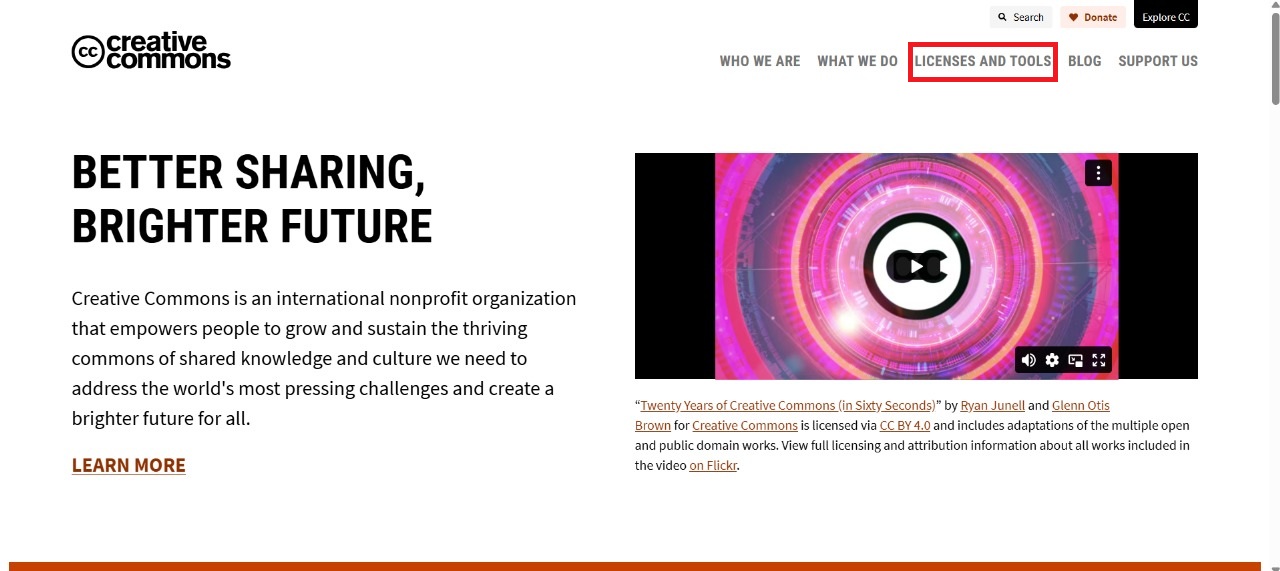
After that, I selected the appropriate license that best fits my project’s requirements.

After that, I answered the questions provided in the images to finalize the license selection.
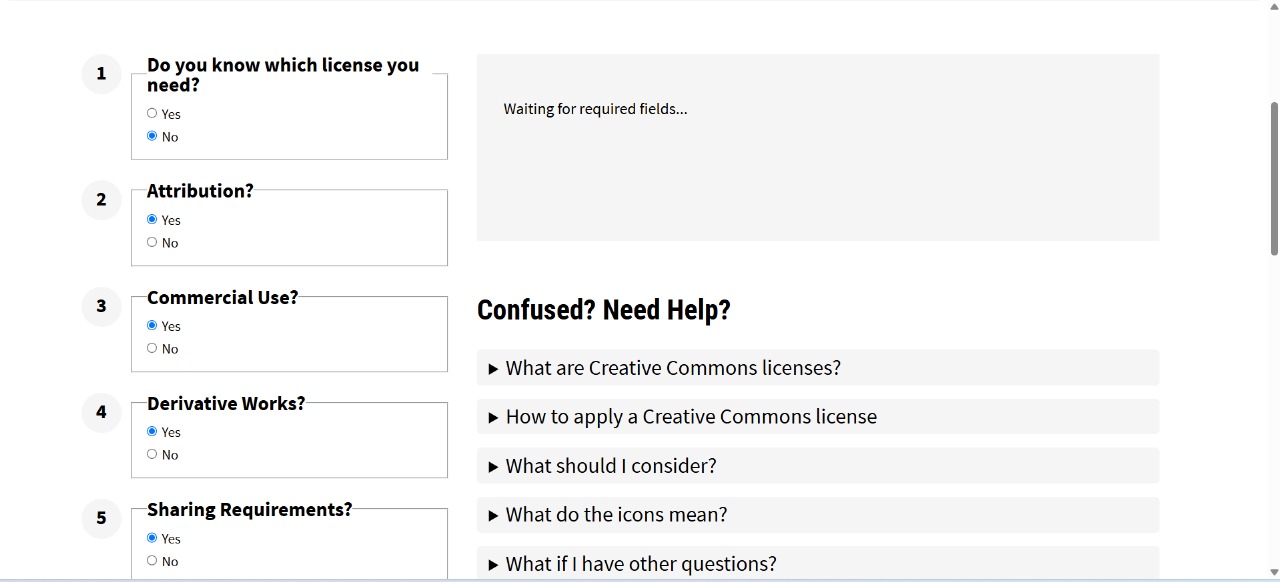
After that, I provided the attribution details from my website, as shown in the user interface below.
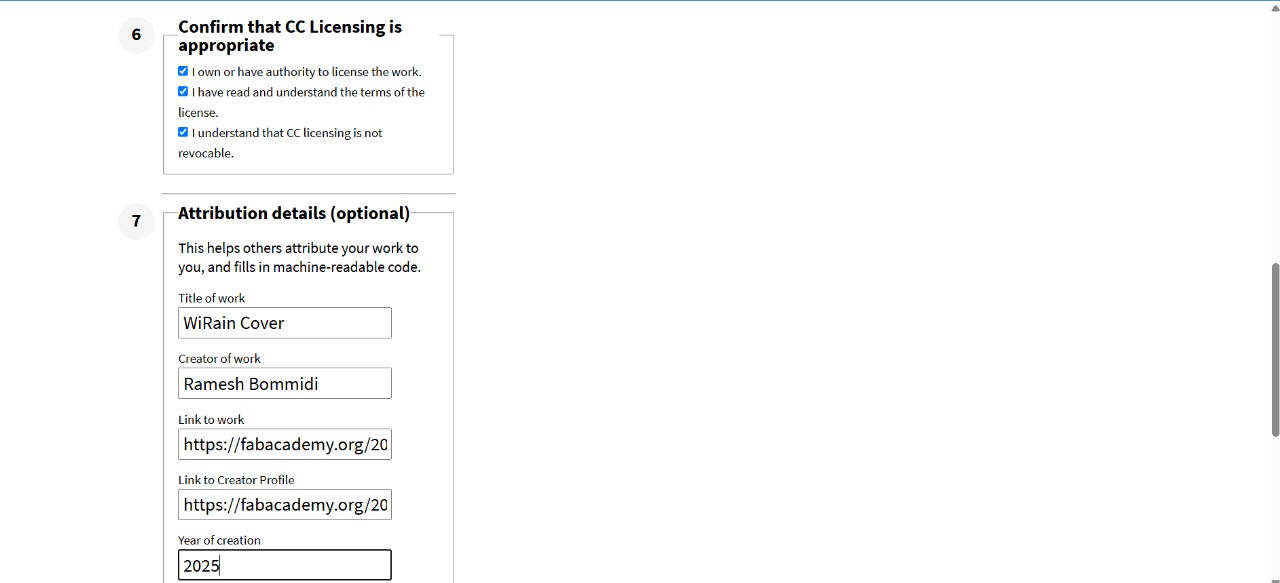
After that, the license was automatically generated, as shown in the image below.

Below, I am showing how I linked my website by entering the website URL in text format.
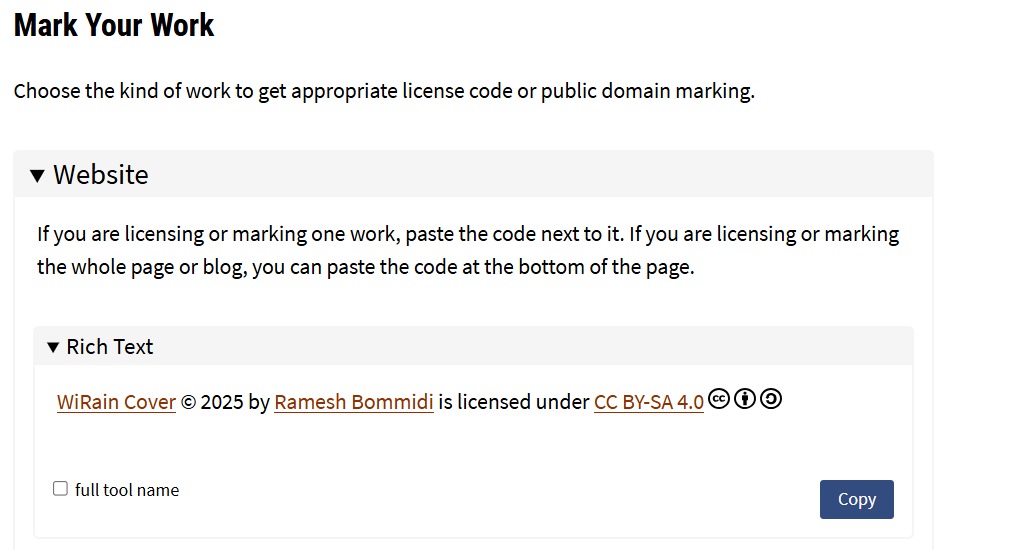
The website also provides the HTML code to include your website. Below is the HTML code given by the site for my license.
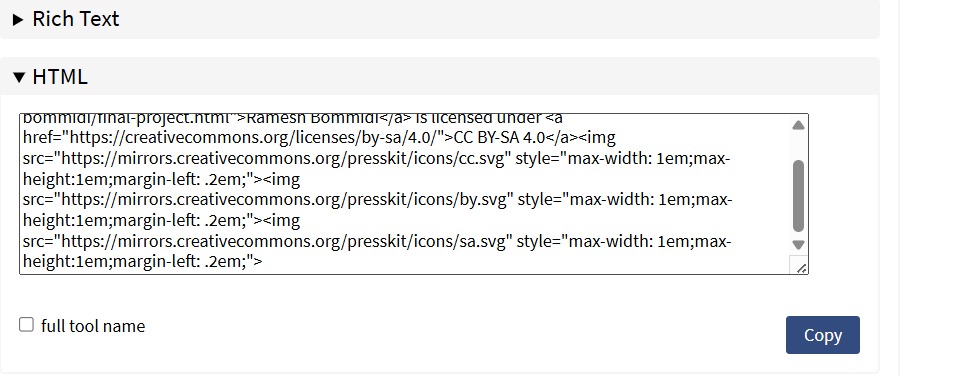
Below, I am showing the code I copied and pasted into my website, with some color adjustments made to match my website’s design.

I included the license on my website. Below, I am showing where I placed the license.

understanding gained :
- I gained knowledge about various types of inventions and Intellectual Property Rights, including guidance on when to apply each type appropriately.
- I learned the process of selecting suitable licenses for my work through different online platforms.Project slide for presentation :
